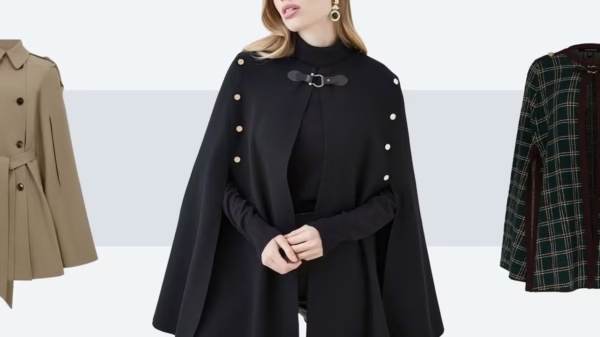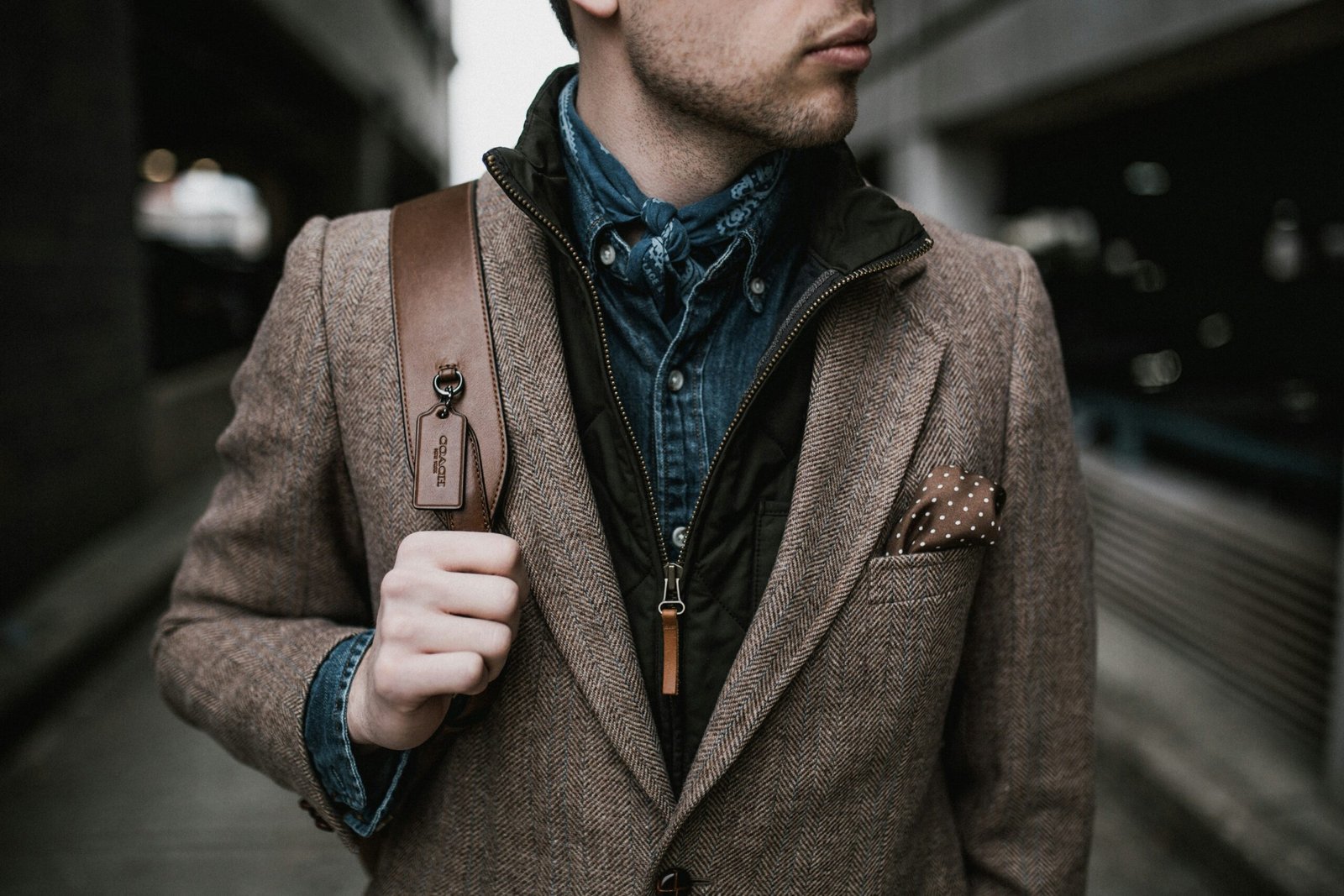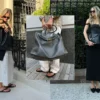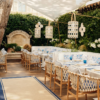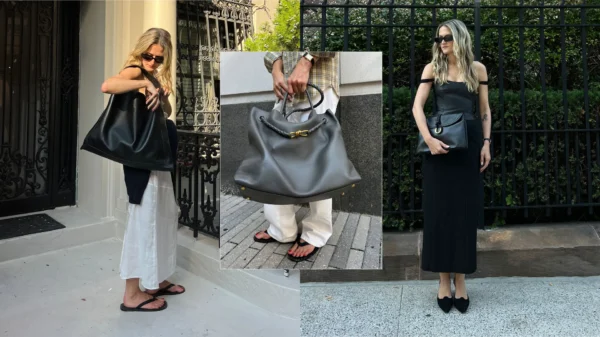Professional attire has long been associated with formal suits, polished shoes, and structured dresses. However, with the changing workplace norms and the rise of remote work, the definition of professional attire is undergoing a significant transformation. As we step into the post-2020 era, it is essential to explore how professional attire is evolving and adapting to the new work environment.
The Shift Towards Casual
One of the most noticeable changes in professional attire is the shift towards a more casual and relaxed style. With remote work becoming more prevalent, employees are no longer confined to the traditional office setting. Instead, they have the flexibility to work from home or other non-traditional workspaces. As a result, the need for formal attire has diminished, and a more comfortable and casual dress code has emerged.
While some companies still maintain a dress code, many have adopted a more relaxed approach. Business casual has become the new norm, allowing employees to dress in comfortable yet presentable clothing. This shift has been driven by the understanding that productivity and performance are not solely dependent on the clothes we wear, but rather on the skills and expertise we bring to the table.
Embracing Individuality
Another significant change in professional attire is the increasing emphasis on embracing individuality. In the past, there was a certain expectation for professionals to conform to a specific dress code, often characterized by neutral colors and conservative styles. However, as workplaces become more diverse and inclusive, there is a growing recognition that individuality should be celebrated.
Companies are now encouraging employees to express their personal style while maintaining a professional appearance. This shift has opened the doors for more creativity and self-expression in the workplace. Professionals are now able to incorporate their unique fashion choices, such as bold colors, patterns, and accessories, into their everyday work attire. This not only allows individuals to feel more comfortable and confident but also promotes a sense of authenticity and belonging.
The Rise of Hybrid Styles
With the blending of remote and in-person work, a new trend known as hybrid styles has emerged. Hybrid styles combine elements of both formal and casual attire to create a versatile and adaptable look. This style allows professionals to seamlessly transition between virtual meetings and in-person interactions.
For instance, a hybrid style may include pairing a tailored blazer with jeans or a dress shirt with comfortable trousers. This combination strikes a balance between professionalism and comfort, ensuring that individuals are appropriately dressed for any situation. The rise of hybrid styles reflects the need for flexibility and adaptability in the modern work environment.
The Importance of Comfort
One of the driving factors behind the evolution of professional attire is the growing importance of comfort. As more individuals work remotely or engage in flexible work arrangements, the need for comfortable clothing has become paramount. Professionals are no longer willing to sacrifice comfort for the sake of adhering to outdated dress codes.
Comfortable attire not only enhances physical well-being but also has a positive impact on mental and emotional well-being. When individuals feel comfortable in their clothing, they are more likely to focus and perform at their best. As a result, many companies are prioritizing employee comfort by allowing more flexibility in dress codes and encouraging the use of comfortable fabrics and styles.
Conclusion
The world of professional attire is undergoing a significant transformation in the post-2020 era. The rise of remote work and changing workplace norms have led to a shift towards casual, individualistic, and comfortable styles. Hybrid styles have also emerged, offering professionals the flexibility to adapt to different work environments seamlessly. As we embrace this new era of workwear, it is essential to recognize that professional attire is no longer solely defined by formal suits and structured dresses. Instead, it is a reflection of individuality, comfort, and adaptability.






